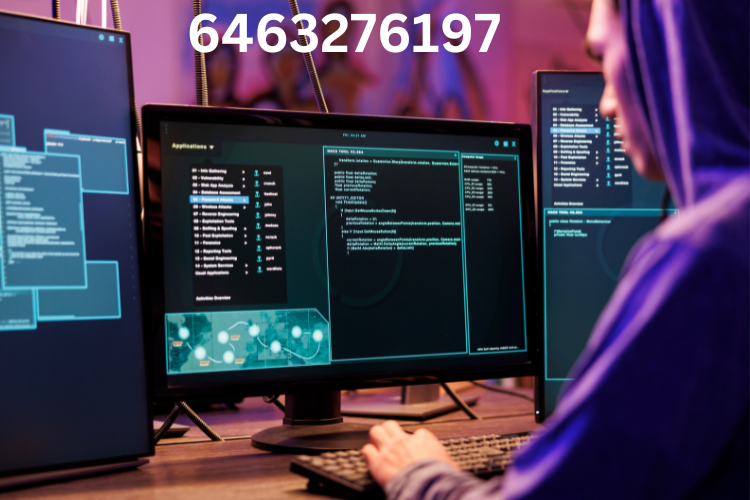MIS Webmail: A Comprehensive Guide

MIS Webmail, or Managed Internet Service Webmail, is an email service specifically designed for the educational sector in certain regions. It serves as a vital tool for communication, resource sharing, and management within educational institutions. The purpose of MIS Webmail is to provide a streamlined, secure, and efficient means of communication among students, teachers, and administrative staff.
Historical Background
The concept of MIS Webmail originated from the need to create an integrated communication system for schools and colleges. Over the years, it has evolved from basic email services to a comprehensive educational platform, integrating various digital resources and tools to enhance the learning experience.
Features of MIS Webmail
MIS Webmail offers several features, including personalized email services, access to educational resources, and seamless integration with other platforms like LMS and school management systems. These features are designed to support the educational process and facilitate easy access to information.
Benefits of Using MIS Webmail
For students, MIS Webmail provides a centralized platform for accessing study materials, submitting assignments, and receiving feedback. Teachers benefit from efficient communication with students and parents, as well as access to teaching resources. Administrative staff can manage school operations more effectively through centralized data and communication systems.
Protonmail Login: How to Access Your Protonmail Account 2024
How to Access and Use MIS Webmail
Accessing MIS Webmail typically involves logging in through a dedicated portal using school-provided credentials. Once logged in, users can navigate through various sections like email, resources, and administrative tools to perform their tasks.
Security Measures in MIS Webmail
MIS Webmail prioritizes security through encrypted data transmission, secure login mechanisms, and regular updates to protect against cyber threats. User privacy is also a key focus, ensuring that personal information is protected and used responsibly.
Common Issues and Troubleshooting
Users may encounter issues like login difficulties or email delivery problems. These can often be resolved through basic troubleshooting steps or by contacting technical support for assistance.
MIS Webmail and Distance Learning
MIS Webmail has become increasingly important in the context of distance learning, providing a reliable platform for virtual classrooms, online assignments, and communication between students and teachers.
MIS Webmail vs. Other Educational Email Services
Comparatively, MIS Webmail offers unique features tailored for the educational sector, such as direct integration with educational resources and customized learning environments, distinguishing it from other email services.
Future Trends in MIS Webmail
Technological advancements are expected to further enhance the functionality of MIS Webmail, incorporating AI, machine learning, and advanced analytics to improve communication and learning experiences.
User Feedback and Reviews
Overall, user feedback highlights the efficiency and convenience of MIS Webmail, though there are suggestions for improving user interface and expanding features.
Integration with Other Educational Tools
MIS Webmail seamlessly integrates with various LMS and third-party educational apps, enhancing its utility as a comprehensive educational tool.
Case Studies and Success Stories
Several case studies demonstrate the positive impact of MIS Webmail on educational outcomes, showcasing its role in facilitating effective communication and resource sharing.
Tips for Maximizing the Benefits of MIS Webmail
Users can maximize the benefits of MIS Webmail by adhering to best practices, such as regular training sessions and staying updated with new features.
Conclusion
In conclusion, MIS Webmail is a vital tool in the educational sector, offering robust communication and resource management capabilities. Its continuous evolution and integration with technological advancements promise a dynamic future in educational communication.





